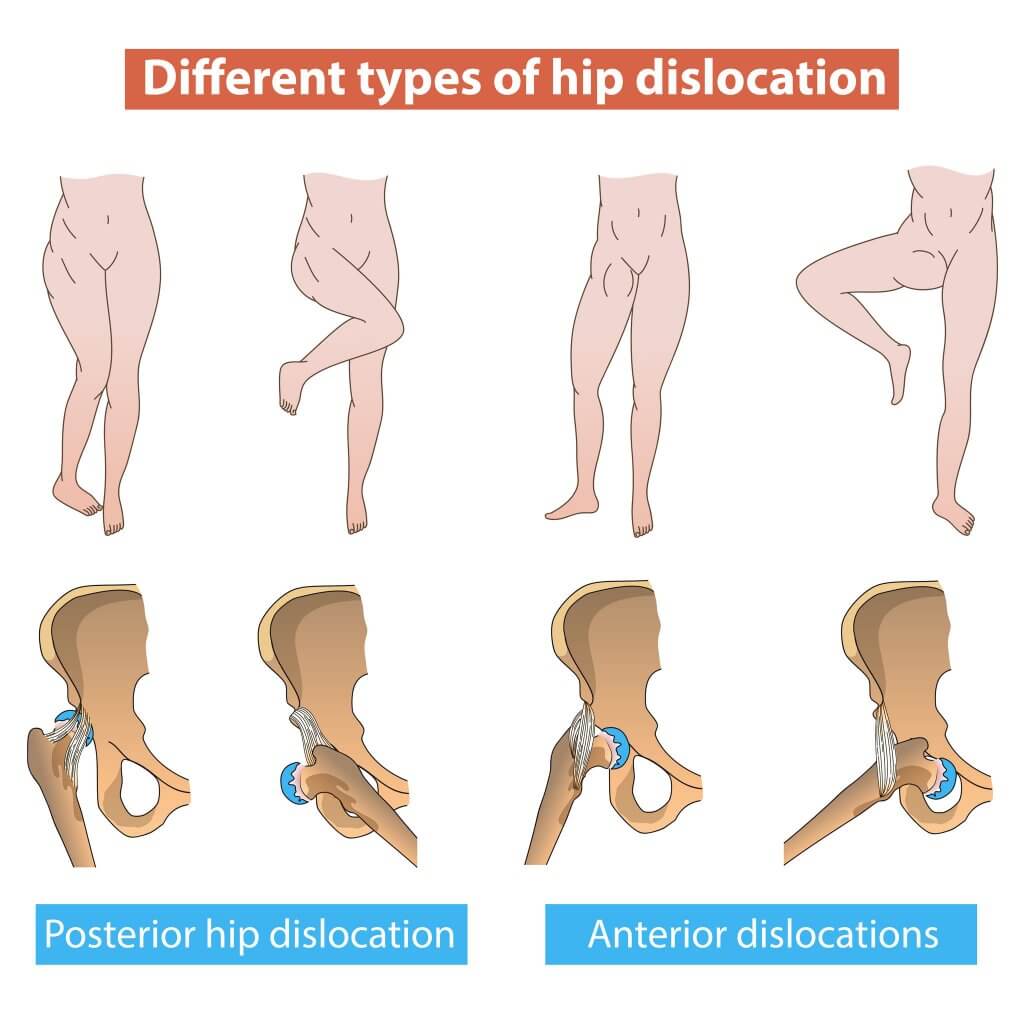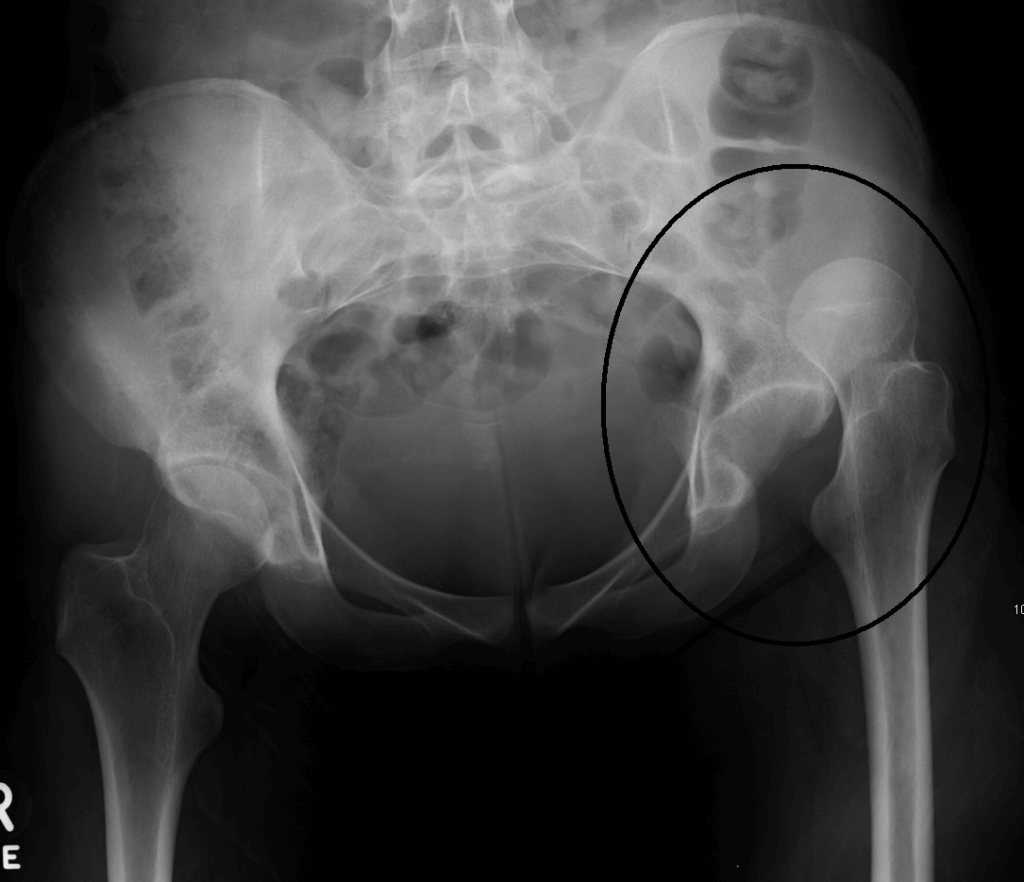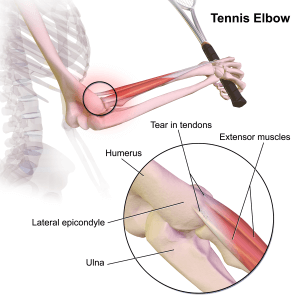Panoramica
Un traumatico anca joint dislocation or hip dislocation occurs when the head of the femur (ball) is pushed out of the acetabular notch (socket). This injury is most commonly a result of a traumatic incident which can be a car collision, a high-impact fall on a straight gambao sport di contatto come la ginnastica.
A dislocated hip joint is often a serious condition and can be extremely debilitating if not treated immediately within hours. Elderly women are more prone to get a dislocated anca joints due to osteoporosis (discussed later). Hip dislocation can also be there congenitally or during the development of the baby. However, in this article, we will focus more on the unwanted, traumatic (injured) type of dislocation of the Hip joint.
Anatomia
Per comprendere questo problema, analizzeremo un po' l'anatomia del anca joint. The hip joint is a ball and socket type joint. The ball is formed by the head (upper end) of the femur; the long thigh bone, while the socket is formed by the acetabular notch or acetabulum; part of the hip bone.
Questa articolazione sferica è ricoperta da uno strato liscio chiamato cartilagine articolare, che serve a fornire lubrificazione e a mantenere le ossa in posizione. Inoltre, l'incisura acetabolare è circondata da una forte cartilagine fibrosa chiamata labarum. Il labbro serve a trattenere la pallina nell'alveolo realizzando una guarnizione attorno ai bordi dell'acetabolo. Oltre a questi supporti, le due ossa che costituiscono l'articolazione sono tenute insieme da molti altri legamenti, ad esempio il legamento ileo-femorale.
Tipi di lussazioni
Anca La lussazione articolare è spesso descritta in due tipi:
Lussazione posteriore
This is the most common form and 90% of the cases are of posterior hip dislocation. The thighbone (femur) is pushed out of the socket in a backward direction. A posterior dislocation causes the leg to become fixed in a position, with the knee and foot rotated inwards, i.e., towards the middle of the body.
Lussazione anteriore
When the ball (femur) is pushed out in a forwards direction i.e., the blow is from the back of the hip joint, the dislocation is termed as an anterior dislocation of the anca joint. In this case, the leg is rotated outwards and away from the midline of the body.

Sintomi
Il colpo stesso insieme al danno ai tessuti circostanti provocando sintomi gravi che includono:
- Dolore intenso
- Incapacità di muoversi gamba o coscia
- Intorpidimento o formicolio - se c'è un danno ai nervi
- Gonfiore: potrebbe essere causato da lesioni a un vaso sanguigno
Cause e fattori di rischio
The hip joint like most other joints of the body is a pretty strong joint. A lot of sudden impact or force is required to break away the ligaments and dislocate the anca joint. As mentioned above the most common cause is trauma. Approximately 70% of the cases are caused by motor vehicle collisions. During this collision, the leg hits the dashboard in front which forcefully pushes the leg in a backward direction causing the head of the femur to be pushed out of the socket.
Another cause that might be associated with hip dislocation is a fall from a high point. Landing on the ground with a straight gamba causes forceful expulsion of the ball from the socket resulting in hip dislocation.
I fattori di rischio possono includere:
- Guida ad alta velocità
- Non usare le cinture di sicurezza
- Lavorare nel settore edile può renderti incline alle cadute
- Cattiva alimentazione, in particolare mancanza di calcio e vitamina D
- Età: i giovani atleti spesso subiscono questo infortunio
- Sesso: le donne in post-menopausa tendono a soffrire di a anca lussazione articolare
Diagnosi
A history of sudden trauma with extreme pain and lack of movement can indicate hip dislocation.
Le scansioni a raggi X o TC vengono utilizzate per confermare la diagnosi e l'entità della lesione delle strutture.

Trattamento
Le terapie terapeutiche comprendono due procedure principali:
- Procedure di riduzione – se non ci sono altre lesioni associate, ad esempio fratture o danni ai nervi, il medico o l'ortopedico somministrano semplicemente un anestetico e manipolano le ossa nella loro posizione. Questo si chiama riduzione.
La riduzione è seguita dal monitoraggio con raggi X e scansioni TC per verificare se le ossa sono nella posizione corretta
- Chirurgia - se ci sono fratture o lesioni ad altri tessuti come una rottura dei legamenti o lesioni ai vasi, è necessario un intervento chirurgico immediato in cui le fratture vengono riparate e le ossa vengono rimesse nelle loro posizioni
Complicazioni
In cases where there are associated fractures with dislocation of the hip joint, there can be long-term complications. You might face the following complication:
- Lesione al nervo – as the head of the femur is pushed out of the socket it can compress or injure the nearby nerves. This occurs mostly in posterior dislocations and the nerve at the greatest risk is the sciatic nerve. The sciatic nerve runs from your buttocks down to your knee. Injury to this nerve can cause weakness and even loss of movement in your entire leg. Sciatic nerve injury occurs in 10% of cases of anca dislocazione
- Osteonecrosi – in caso di rottura o taglio di un vaso sanguigno o di un nervo, l'apporto vitale all'osso, in particolare alla testa del femore, può essere bloccato. Ciò può causare la morte del tessuto a causa dell'indisponibilità di ossigeno, sostanze nutritive o mancanza di stimolazione nervosa.
- Artrite – dolore all'articolazione dovuto al danno cartilagineo e all'aumento dell'attrito
Prevenzione
Hip joint dislocations can be avoided by avoiding traumas i.e., taking precautions to avoid injuries from accidents, falls, or sports. You can:
- Wear seatbelts – seatbelts can help you stay in place during the accident and lower the impact between your leg and the dashboard
- Guidare con prudenza e al di sotto dei limiti di velocità
- Prestare attenzione quando si lavora ad altezze elevate, ad es. sui tetti
- Avere una corretta alimentazione per evitare l'indebolimento delle ossa o della cartilagine
Conclusione
Hip dislocation is a serious injury that needs to be treated right away. If you experience a fall or you get into an accident following severe pain or swelling you need to be immediately taken to the hospital or the emergency room.
La lesione è molto dolorosa, tuttavia, con le opzioni di trattamento disponibili è possibile ottenere un trattamento completo. Il periodo di recupero è lungo come per la maggior parte delle lesioni muscolo-scheletriche. La maggior parte delle volte avresti bisogno di riposare, prendere antidolorifici e chiedere alle persone intorno a te di aiutarti in diversi compiti. Puoi svolgere la maggior parte delle tue attività quotidiane dopo il periodo di recupero prescritto.
- Anca Dislocazione; Info orto. AAO
https://orthoinfo.aaos.org/en/diseases–conditions/hip-dislocation
Il contenuto condiviso nel sito Web Health Literacy Hub è fornito a solo scopo informativo e non intende sostituire consigli, diagnosi o trattamenti offerti da professionisti medici qualificati nel tuo Stato o Paese. I lettori sono incoraggiati a confermare le informazioni fornite con altre fonti ea chiedere il parere di un medico qualificato per qualsiasi domanda relativa alla loro salute. The Health Literacy Hub non risponde di alcuna conseguenza diretta o indiretta derivante dall'applicazione del materiale fornito.



